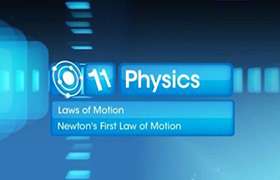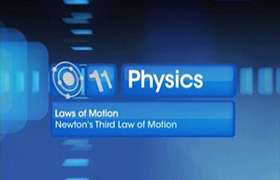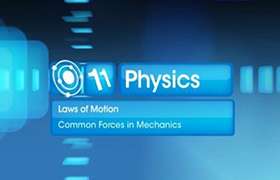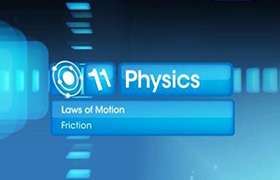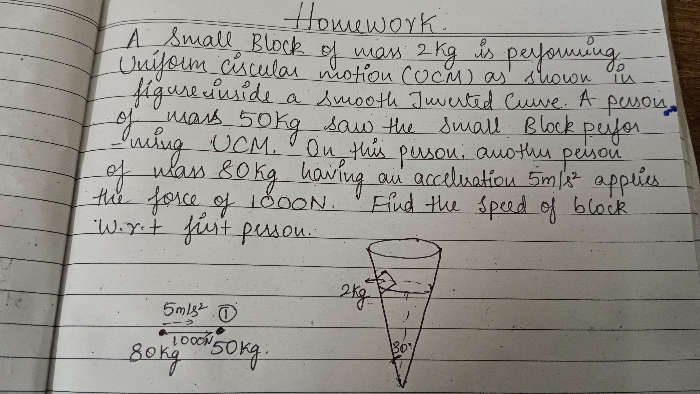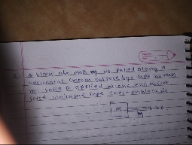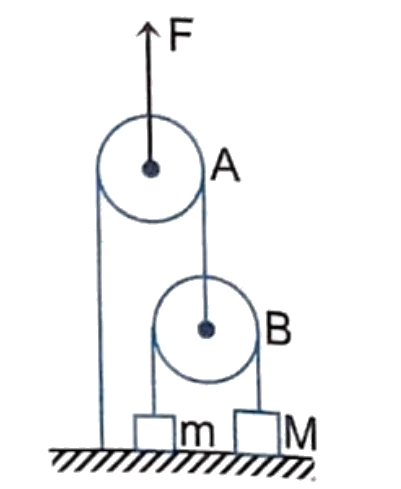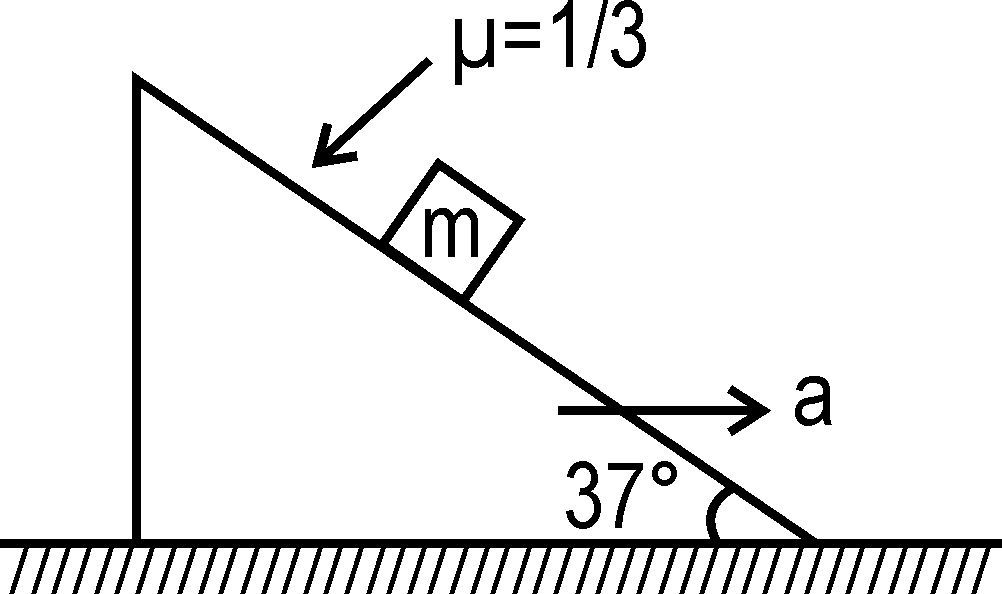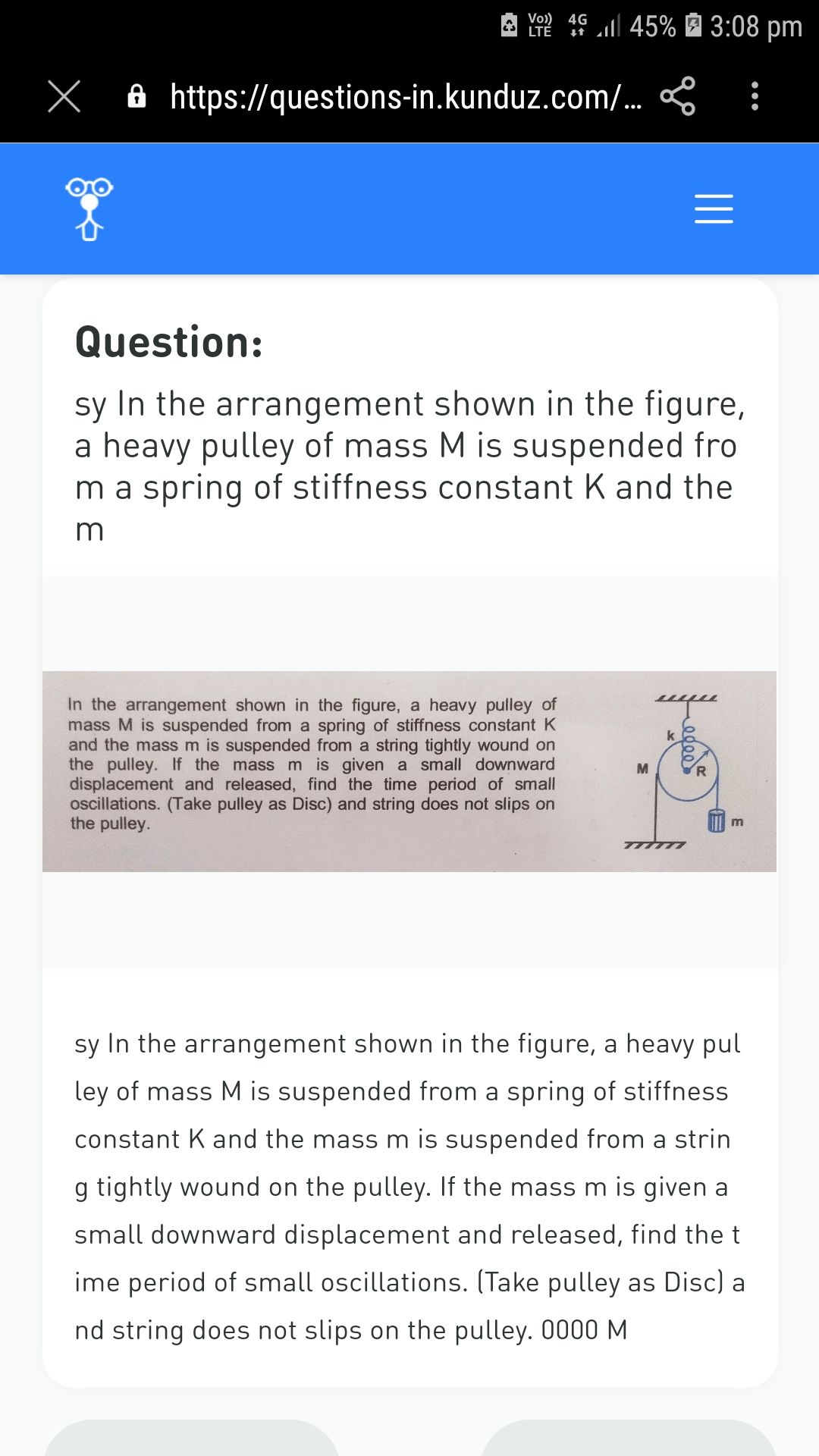CBSE Class 11-science Answered
The description of non-uniform circular motion of a particle is lot simplified, if the time rate of the change in angular velocity (angular acceleration) is constant. We have seen such simplification, while dealing with motion along a straight line. It is observed that the constant acceleration presents an additive frame work for motion along straight line. The velocity of the particle changes by a fixed value after every second (i.e. unit time). In translational motion along a straight line, we say, for example, that :
| v=v0+at |
where “v”, “ v0 ” and “a” are attributes of motion along straight line with directional property. We can recall here that we are able to treat these vector quantities as signed scalars, because there are only two possible directions along a straight line. Now the moot question is : are these simplifications also possible with non-uniform circular motion, when angular acceleration is constant ?
The answer is yes. Let us see how does it work in the case of circular motion :
1: First, the multiplicity of directions associated with the velocity of the particle rotating about an axis is resolved to be equivalent to one directional angular velocity,"ω", acting along the axis of rotation. See the figure. If we stick to translational description of motion, then velocity vector is tangential to path. The direction of velocity vector changes as the particle moves along the circular path. On the other hand, angular velocity vector aligns in a single direction.
| Angular velocity |
|---|
 |
2: Second, the acceleration resulting from the change in the speed of the particle is represented by angular acceleration,"α". Like angular velocity, it is also one directional.
3: Third, there are only two possible directions as far as directional angular quantities are considered. The direction can be either clockwise (negative) or anti-clockwise (positive). This situation is similar to linear consideration where motion in the reference direction is considered positive and motion in opposite direction is considered negative.
4: Fourth, the change in either angular displacement or angular speed is basically translated to a change in the magnitude of one directional angular quantities. This allows us to treat the change in angular quantities as a consideration along straight line as in the case of motion along straight line.
| The direction of angular quantities | |||
|---|---|---|---|
|

(b)
Clearly, it is possible to covert a motion along a circular path into an equivalent system along straight line. As the angular quantities are represented along a straight line, it is then logical that relations available for linear motion for constant acceleration are also available for circular motion with appropriate substitution of linear quantities by angular quantities.
For example, the equation " v=v0+at " has its corresponding relation in the circular motion as :
| ω=ω0+αt |
As a matter of fact, there exists one to one correspondence between two types of equation sets. Importantly, we can treat angular vector quantities as signed scalars in the equations of motion, dispensing with the need to use vector notation. The similarity of situation suggests that we need not derive equations of motion again for the circular motion. We, therefore, proceed to simply write equation of angular motion with appropriate substitution.


